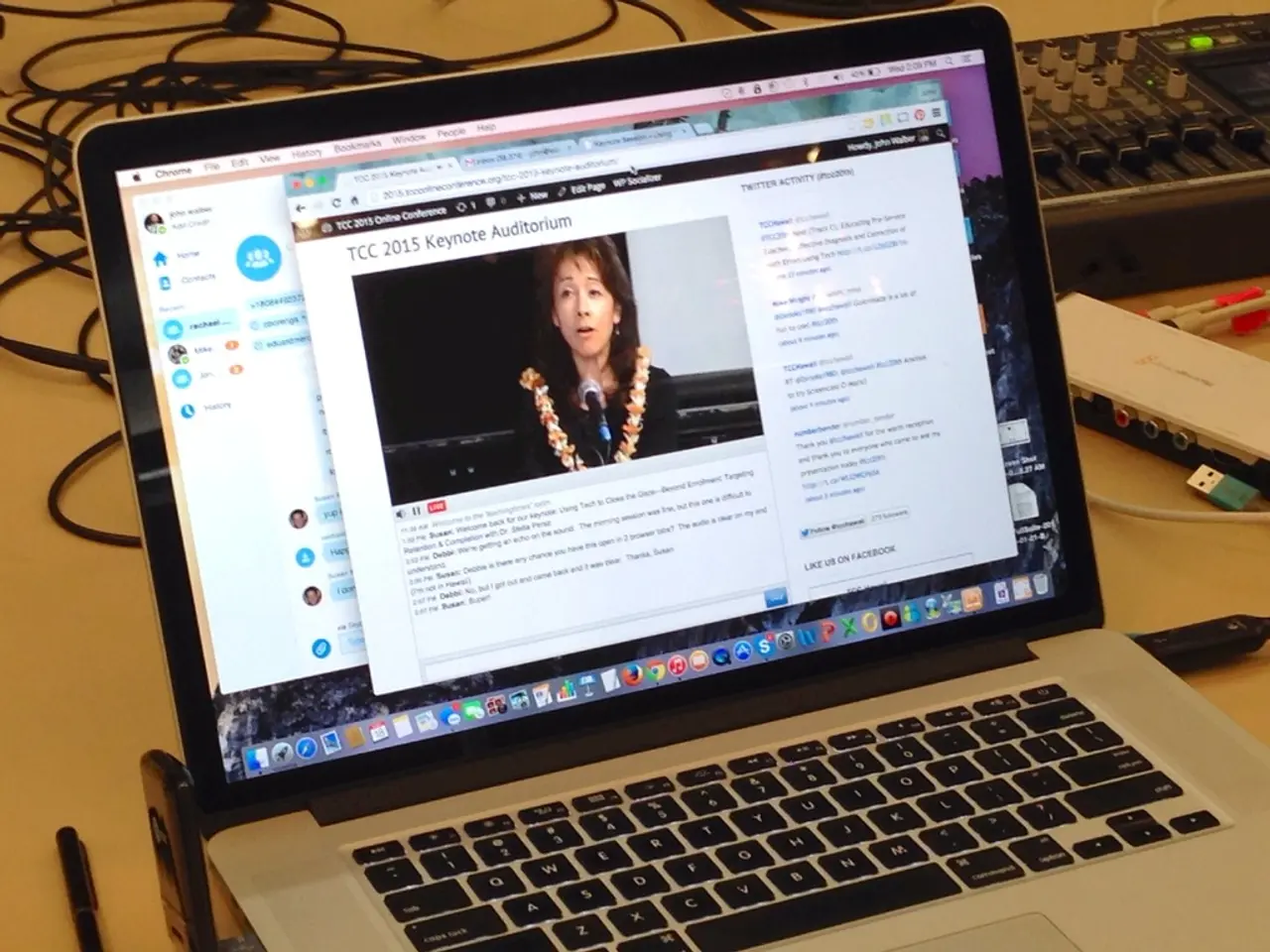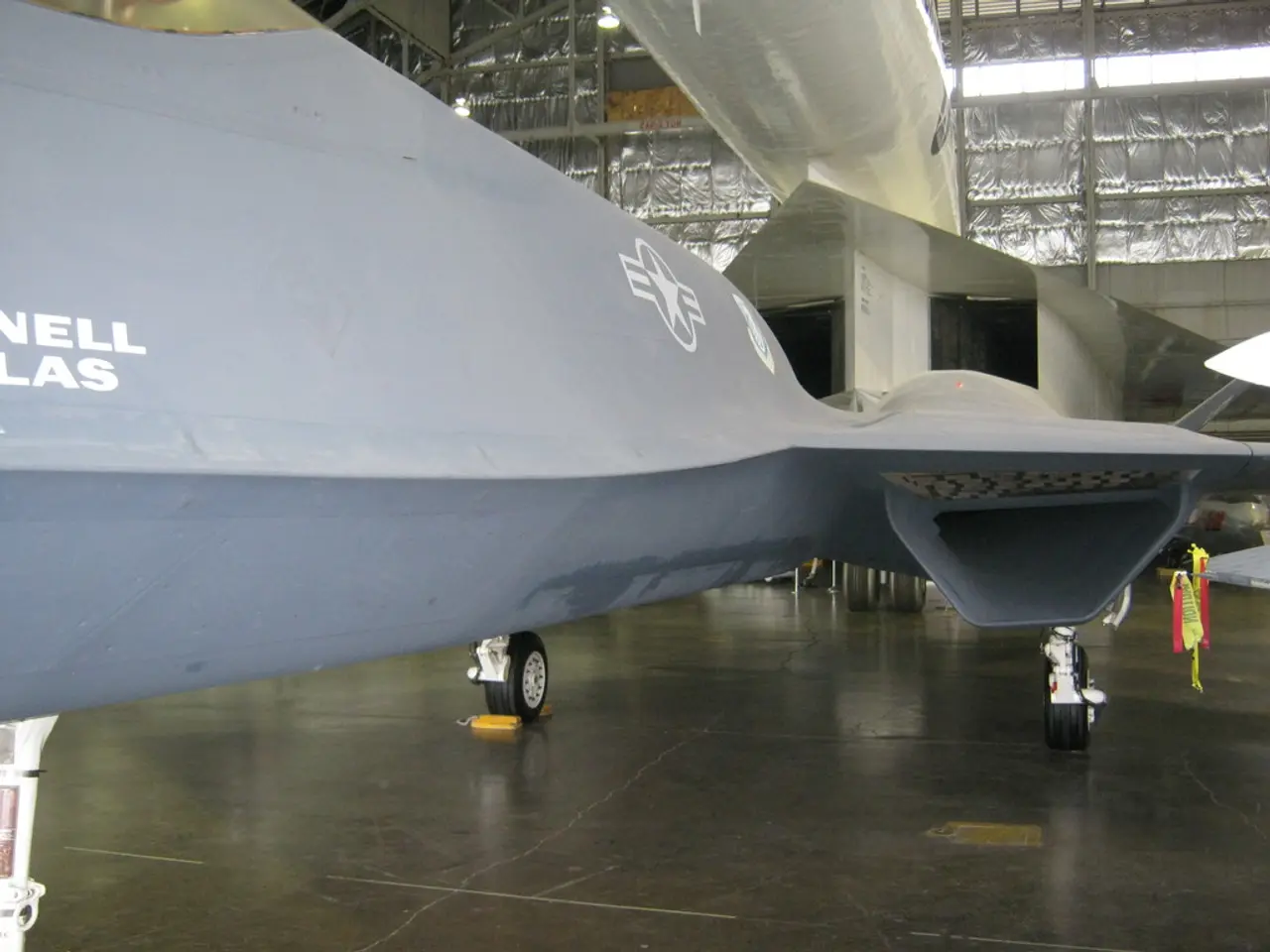Expense Factors for Sturdy Printed Circuits
When it comes to producing cost-effective Printed Circuit Boards (PCBs), smart design and sound engineering are the key to success. Here are the top cost drivers for rigid circuit boards and strategies to optimize these costs at the design stage.
Cost Drivers in PCB Production
- Materials and Layer Count: High-performance laminates and the number of layers directly increase cost as each layer requires additional processing cycles.
- Design Complexity and Tolerances: Fine trace widths, tight spacing, precise impedance control, and complex via structures increase manufacturing difficulty and lower yields, thus raising cost.
- Board Size: Larger PCBs use more raw material and may require specialized equipment or handling, increasing costs.
- Volume and Non-Recurring Engineering (NRE) Costs: Low volume or prototypes incur higher per-unit cost since setup and tooling charges are amortized over fewer units.
- Panelization: Inefficient use of standard panel sizes can lead to material waste and higher cost per unit.
Strategies for Cost Optimization
- Minimize Layer Count: Design to use the fewest necessary layers without compromising functionality to reduce processing steps.
- Simplify Via Structures: Prefer staggered microvias or standard through-holes where possible instead of stacked microvias, which are more expensive.
- Design for Efficient Panelization: Match board dimensions to standard panel sizes to maximize quantity per panel and reduce material waste.
- Relax Tolerances When Possible: Avoid extremely tight trace widths and spacings unless electrically necessary, as tighter tolerances increase process complexity and risk of defects.
- Early DFM (Design for Manufacturability) Consultation: Collaborating with fabricators early helps identify cost-saving opportunities by adjusting the design to be more manufacturable without performance loss.
- Balance Material Choice: Choose materials adequate for performance needs but avoid unnecessarily expensive substrates (e.g., PTFE) if standard FR-4 suffices.
By applying these strategies during design, you can significantly reduce cost drivers related to materials, complexity, and fabrication processes in rigid PCB production.
Additional Considerations
- Optimizing the cost of circuit boards can be achieved by adopting accurate PCB design and following IPC-2220, IPC-2226 standards.
- Implementation of microvia structures in PCB design increases the total number of lamination cycles and drilling steps, thus increasing the cost.
- Thinner copper foil makes the circuit board less expensive, but very thin copper adds extra cost due to expensive processing.
- Ordering PCB prototype and bulk production from a single fab house can help reduce supply chain risks and overall cost.
- The PCB Material Design Guide is a valuable resource covering topics like basic properties of dielectric materials, signal loss in PCB substrates, copper foil selection, and key considerations for choosing PCB materials.
- The Design for Manufacturing Handbook provides best practices for optimizing your design, avoiding drill breakouts, and getting must-knows about solder mask and silkscreen.
- The size and shape of the PCB (PCB outlines) impact the cost of the board, with a bigger board costing more due to increased material cost.
- Controlled impedance design and production are more expensive due to the use of more expensive materials and additional testing.
- Smaller interconnect sizes increase the cost of PCB manufacturing.
- Lead-free solder compatibility, temperature-related reliability, temperature cycle reliability, degradation temperature, high thermal conductivity, T260, T288, εr (Dk), Df, CAF resistance, mechanical properties, halogen reduction, and environmental features are important considerations for the choice of PCB materials for cost optimization.
- The tighter the trace/space, the more difficult and costly it is to etch the traces and pads reliably.
- The cost of rigid circuit boards is affected by process cost, which cannot be reduced without redesigning the board.
- The drill to copper is smaller, the more expensive the PCB manufacturing process is.
- HDI (high density interconnect) technology uses blind and buried vias, which add considerably to the cost of a circuit board due to their difficulty in drilling and additional lamination steps.
- Smaller mechanical hole sizes are more difficult to manufacture and drive up the cost.
- The bigger the panel used for PCB production, the more it costs, as it includes waste that is thrown into the bin after assembly.
In conclusion, cost control should be considered in the early phase of PCB design to ensure an economical yet high-quality end product. By following these strategies and best practices, designers can effectively optimize the costs associated with rigid circuit board production.
- To maintain cost-effectiveness in Printed Circuit Board (PCB) design, consider using an impedance calculator to accurately control impedance, as controlled impedance design and production are more expensive due to the use of more expensive materials and additional testing.
- Furthermore, when designing, it is beneficial to utilize a material selector to balance the choice of materials, as materials and layer count are key cost drivers in rigid circuit board production – opting for unnecessarily expensive substrates like PTFE can add to the overall cost.




